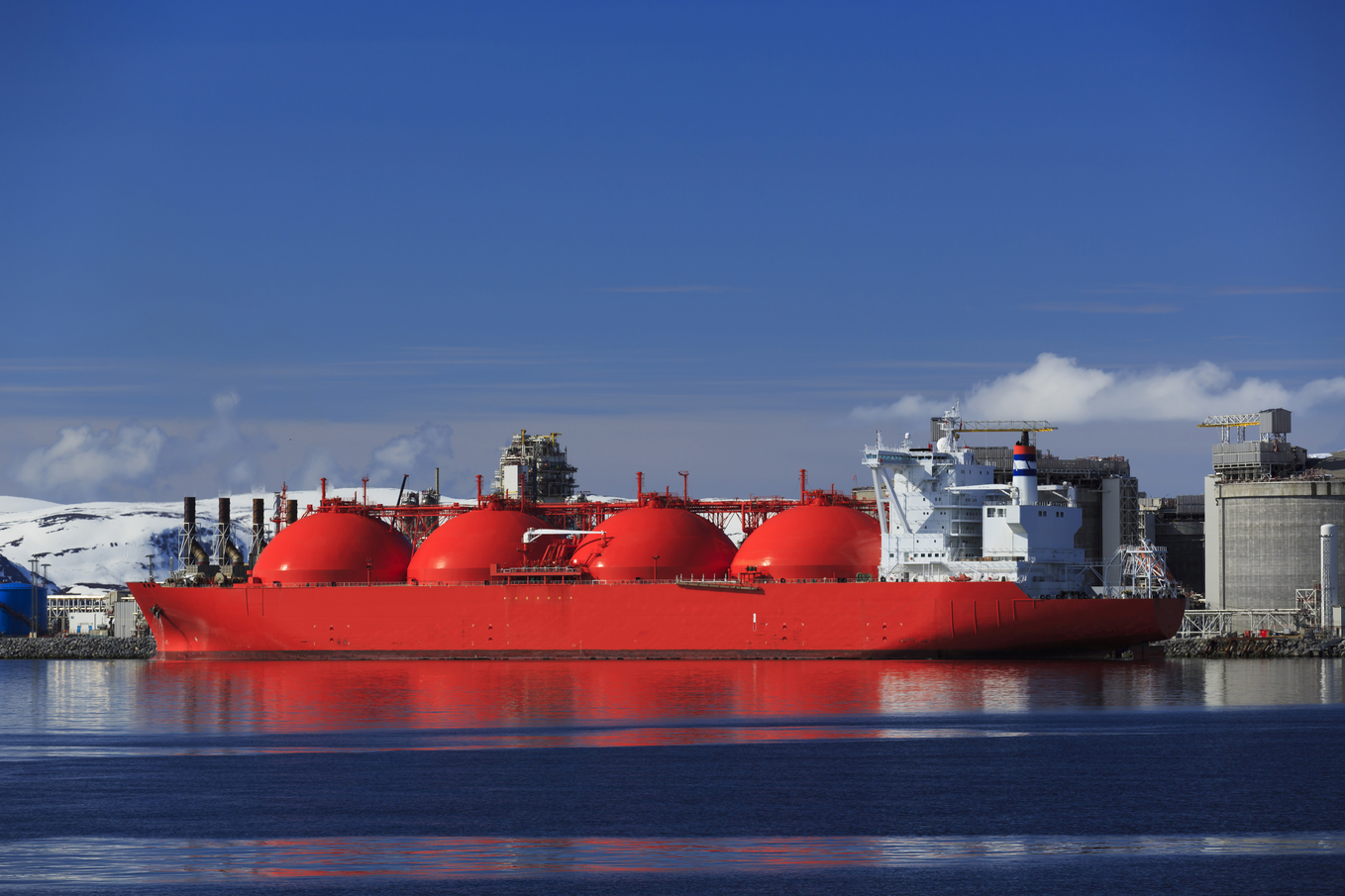Expanded LNG Exports Put Climate Targets Out of Reach
Liquefied methane gas, sometimes referred to as liquefied “natural” gas or LNG, is a fossil fuel largely composed of methane, a greenhouse gas (GHG) that is over 80 times more potent than carbon dioxide.[1] In order to stay below a 1.5oC temperature increase and avert the worst of the climate crisis, the International Energy Agency (IEA) found that construction of new fossil fuel infrastructure, including gas, must stop immediately.[2] New LNG facilities would lead to significantly more emissions, not just from the burning of regasified LNG, but also from emissions at every stage of the LNG lifecycle.
LNG has many phases and the average associated percentages of emissions are below[3]:
- Upstream Processes = 52.1%
- Liquefaction = 5.4%
- Shipment = 1.7%
- Regasification = 0.9%
- Combustion for Use = 40.4%
In the U.S., as of July 2022, there were 8 existing LNG export terminals and 22 additional proposed projects (including new terminals and expansions to existing terminals). Three are under construction and will begin production soon, 13 are approved but haven’t started construction, and 6 still need approval.[4]
Lifecycle emissions from full operation of the existing LNG export facilities are estimated to be 516 MMT CO2e[5] annually, equivalent to over 111 million cars or 138 coal plants. Estimated annual lifecycle emissions for the 22 proposed projects would be equivalent to that of 440 coal plants or over 354 million cars (1,643 MMT CO2e).[6], [7] That means that the full proposed LNG buildout could contribute to the climate crisis as much as 578 coal plants or 465 million cars.
LNG Export Facilities Endanger Public Health
These proposed export facilities are also a public health risk. In addition to GHG emissions, LNG terminals release harmful pollutants, such as volatile organic compounds (VOCs), nitrogen oxides (NOx), sulfur dioxide (SO2), carbon monoxide (CO) and particulate matter (PM).[8]
For example, once at full capacity, Sabine Pass LNG would be Southwest Louisiana’s biggest known stationary source emitter of nitrous oxides and would increase the region’s carbon monoxide pollution by 39%.[9] Cheniere, a major U.S. LNG exporter that operates the Sabine Pass and Corpus Christi facilities, currently seeks to circumvent EPA rules on the release of certain toxins during LNG processing, like formaldehyde, a known carcinogen.[10] Furthermore, LNG export facilities have a real risk of explosion – for example the June 2022 explosion at Freeport LNG – and leaks – for example Cameron LNG’s July 2022 carcinogenic benzene leak.[11]
The buildout of LNG export facilities is a striking example of environmental injustice. The majority of the planned and under construction terminals are in communities that have higher air toxics cancer risk, higher air toxics respiratory hazard index, and higher minority populations and/or low income populations than 75% of the country, according to the EPA’s EJScreen.
Carbon Capture is Not a Solution to LNG’s Climate or Public Health Impacts
Carbon Capture and Storage (CCS) encompasses methods of removing carbon from the atmosphere and permanently storing it in the ground.[12] Yet, CCS at liquefaction facilities would only offset a fraction of total lifecycle emissions from LNG[13] because it does not address the huge amount of climate pollution released at other stages of the LNG process.[14] For example, a CCS project at Rio Grande LNG would only capture about 3% of the project’s lifecycle emissions.[15] Furthermore, CCS projects use large amounts of water and energy. For example, the CCS project at Rio Grande LNG could also use over 60% more water than the facility would use without carbon capture, or 2.5 million more gallons/month.[16][17]
Notes on Sierra Club analysis methods and sources
- LNG lifecycle emissions estimates are based on values from a Carnegie Mellon study[18] on LNG lifecycle emissions using the 20 year global warming potential (GWP) of methane, in this case applied to the capacity of LNG terminals.
- Equivalent emissions from coal plants or cars are calculated using the EPA's GHG Equivalency Calculator.[19]
[1] Intergovernmental Panel on Climate Change (IPCC): https://report.ipcc.ch/ar6wg2/pdf/IPCC_AR6_WGII_SummaryForPolicymakers.pdf
[2] International Environment Agency (IEA): https://www.iea.org/reports/world-energy-outlook-2021
[3] Carnegie Mellon: https://pubs.acs.org/doi/suppl/10.1021/es505617p/suppl_file/es505617p_si_001.pdf. Note: there may be some discrepancies in total due to rounding.
[4] FERC Status (as of 7/5/2022: https://cms.ferc.gov/media/north-american-lng-export-terminals-existing-approved-not-yet-built-and-proposed-8)
[5] Million Metric tons of carbon dioxide equivalent
[6] Sierra Club Analysis
[7] US Environmental Protection Agency (EPA) https://www.epa.gov/energy/greenhouse-gas-equivalencies-calculator
[8] Environmental Integrity Project (https://environmentalintegrity.org/wp-content/uploads/2020/10/LNG-Report-10.5.20-updated.pdf)
[9] Rainforest Action Network (https://www.ran.org/wp-content/uploads/2018/06/LNG_Report_Updated_11.7.pdf)
[10]https://www.reuters.com/business/energy/exclusive-top-us-lng-producer-cheniere-asks-biden-admin-drop-pollution-rule-2022-07-08/
[12] World Resources Institute (https://www.wri.org/initiatives/carbon-capture-and-storage-ccs)
[13] Environmental Integrity Project (https://environmentalintegrity.org/wp-content/uploads/2022/06/LNG-report-6.9.22.pdf)
[14] Global Energy Monitor (https://globalenergymonitor.org/wp-content/uploads/2021/07/GEM_2021_LNG_Carbon_Capture_Plans.pdf)
[15] NextDecade Rio Grande press release and Sierra Club analysis
[16] National Energy Technology Laboratory (NETL 2019 at 527).
[17] Rio Grande LNG, Final EIS, at 4-45 to 4-46 (Accession 20190426-3020)
[18] Carnegie Mellon University (https://pubs.acs.org/doi/full/10.1021/es505617p)
[19] https://www.epa.gov/energy/greenhouse-gas-equivalencies-calculator
